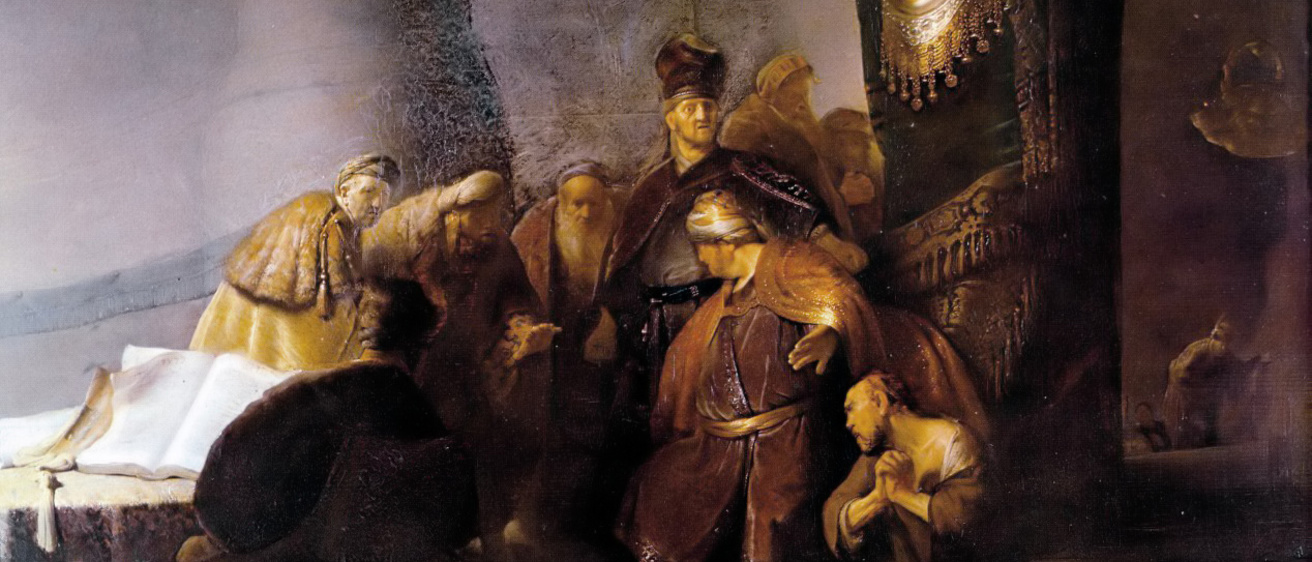How did Judas Iscariot die?
While Jesus’s death is a pivotal event in Christianity, recorded in all four gospels and referenced in nearly every other New Testament work, the fate of most of the apostles is left unsaid within the New Testament. The Book of Acts even ends with Paul awaiting death on house arrest and preaching “with all boldness and without hindrance” (Acts 28:30–31).
This is not the case, however, for one of history’s more infamous figures, the apostle Judas, who betrayed Jesus to the Romans. And yet while Judas Iscariot's death is mentioned in the Bible, there is still a debate over how he actually died. This is because two different tales of his demise are recorded in the Bible!

The first telling of the death of Judas comes from Matthew 27:3–10, who includes the story as part of the Passion of Jesus. Judas immediately feels guilt, tries to return the money, and ends up throwing it back at the chief priests and elders. Judas then goes out and hangs himself. Not wanting to accept the money into the treasury as it was "blood money," the text says that the chief priests used the money to buy a field to bury foreigners. According to Matthew, for whom virtually everything happens in order to fulfill a prophecy, this action fulfills a prophecy in Jeremiah.
(Interestingly, the citation Matthew offers in 27:9–10: "Then was fulfilled what had been spoken through the prophet Jeremiah, 'And they took the thirty pieces of silver, the price of the one on whom a price had been set, on whom some of the people of Israel had set a price, and they gave them for the potter’s field, as the Lord commanded me'," appears nowhere in the prophecy of Jeremiah. A reference to 30 pieces of silver received as wages being returned to the temple treasury is mentioned in Zechariah 11:12–13, but in a completely different context, with Matthew's quote appearing nowhere in Zechariah's prophecy either.)
So according to Matthew 27:3–10, Judas hanged himself. However, the Book of Acts records a different version of Judas's death. As Jesus's disciples discussed replacing Judas as the 12th disciple following his death, Peter reminds them in Acts 1:15–20 of what happened to Judas.
Peter says that Judas kept the money, and used it to buy a field. Then, one day while Judas was walking on his land, he fell headlong and his intestines swelled and burst out. Acts 1:19 reminds the reader that everyone was familiar with this story: "This became known to all the residents of Jerusalem, so that the field was called in their language (Aramaic) Hakeldama, that is, Field of Blood."
So which is it? Did Judas hang himself due to guilt after giving back the 30 pieces of silver, or did he keep the silver, buy land with his money, and die of an acute case of toxic megacolon or some other form of severe abdominal swelling that caused him to drop dead on his own property?
While these two traditions could not be more different in how they depict Judas's demise, they both share one interesting detail. Both traditions record that the field associated with Judas was called the "Field of Blood," indicating that regardless of how he died, blood—be it blood money, his own blood, or the blood of the one he betrayed—would be his eternal legacy.
(Originally posted February 25, 2022)
